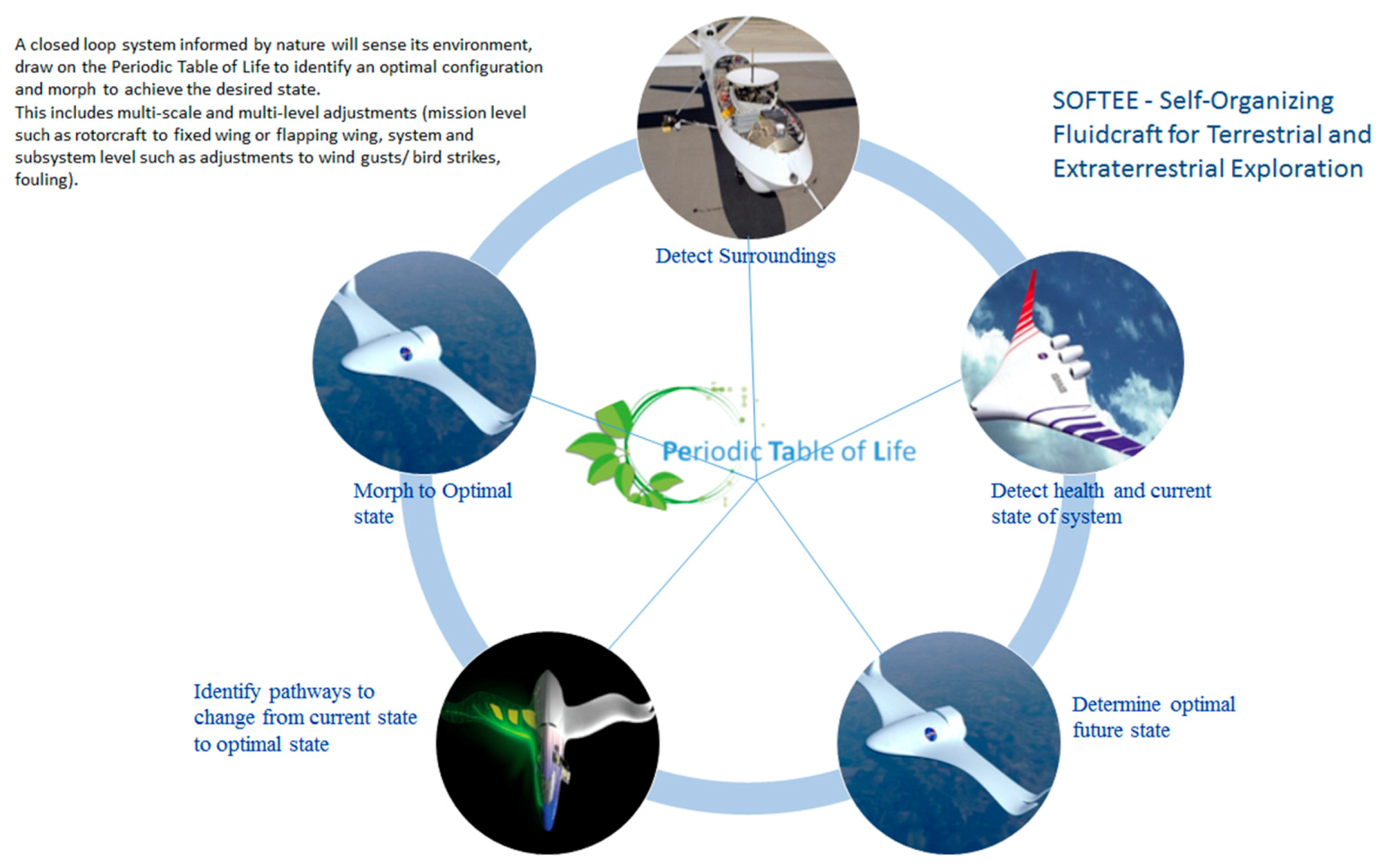

Haystack scientists are involved in several ongoing programs that utilize radio wavelength observations to address key questions in stellar astrophysics. Radio observations can be used to measure fundamental stellar parameters (e.g., size, mass, temperature, distance, magnetic field) and they provide unique information on how stars are born, evolve, interact with their environments, and eventually die. The observation of stars in the radio (i.e., at wavelengths ranging from meter to submillimeter) provides wide-ranging insights into the lives of stars. Stellar radio emission may originate from a wide variety of physical processes, including free-free emission from ionized winds and coronae, gyrosynchrotron radiation, atomic and molecular emission lines, radio recombination lines, and electron cyclotron masers.

Researchersĭetectable radio emission arises from stars spanning virtually every type and evolutionary stage. This atlas is used to test and develop tools that allow to gauge the gas conditions in star formation regions in other galaxies. The LEGO survey of molecular clouds in the Milky Way images 25 molecular clouds in various emission lines near 100 GHz frequency to generate a representative atlas of molecule distributions in star-forming regions. These measurements constrain theoretical models of star formation that are used to explain, for example, the rate at which stars form in the Milky Way and other galaxies. Observations of molecular abundances also allow to assess the “age” of molecular gas, as the astrochemical composition of cosmic gas changes over time. Haystack’s research into star formation focuses on using radio telescopes to determine the physical parameters of star-forming molecular clouds, such as their mass, their density, and the characteristics of internal gas motions (e.g., turbulence and collapse motions).

Observations of the L1641 region in the Orion Molecular Cloud


 0 kommentar(er)
0 kommentar(er)
